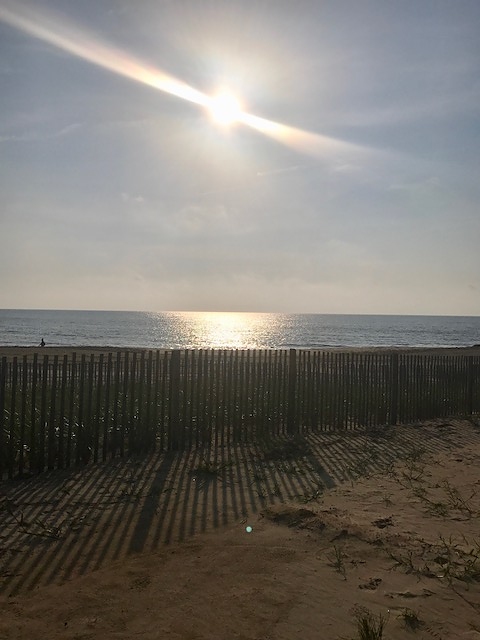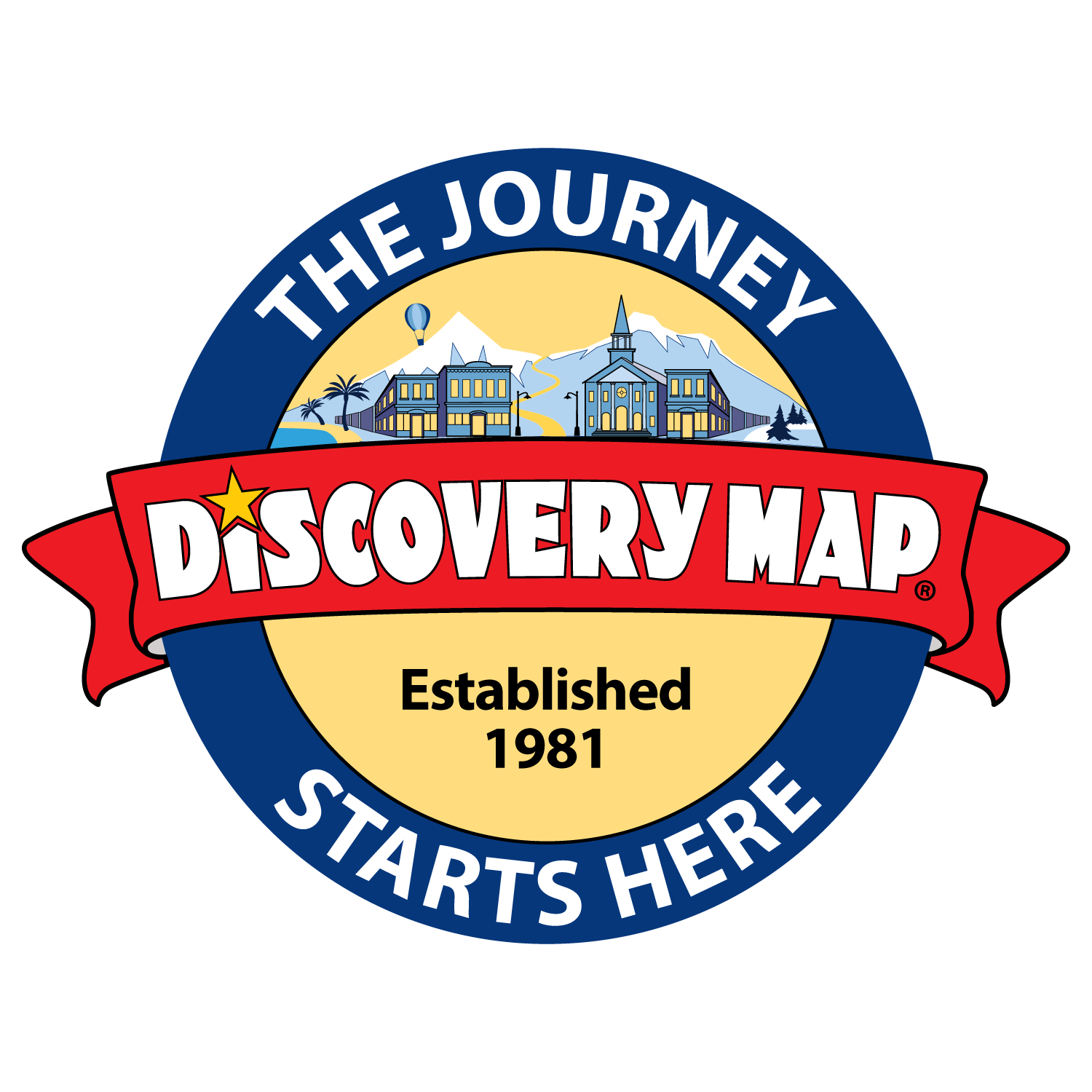Historic Rehoboth Beach and Lewes
There’s so much history in Rehoboth Beach and Lewes that you almost want at least one rainy day during your stay to visit the many sites and museums that document the centuries-worth of doings within these communities.
Just ponder this: Delaware was named the first of the thirteen original colonies and is thus considered the first state of the union. And Lewes proudly claims the distinction of “The First Town in the First State.” It was the site of the first European settlement, a whaling and trading post founded by the Dutch in 1631 and named Zwaanendael, or Swan Valley.

So it makes sense that you begin your rich history tour at the Zwaanendael Museum in Lewes, a showcase of the area’s maritime, military and social history. You can go back in time even farther–all the way to prehistoric man–at the Lewes History Museum practically next door. Just north of there off the Rehoboth-Lewes Canal, delve into exciting seafaring tales and adventures at the Lewes Historical Society and Life Saving Station Museum. Be sure to take in the Overfalls Maritime Museum while you’re there as well.
If you really want to catapult yourself into a different era, take a family adventure cruise with Pirates Expeditions of Lewes. Shiver me timbers! You can even dress up as a proper buccaneer or wench. Just look out if someone yells “Blow the man down!”
Also in Lewes, in beautiful Cape Henlopen State Park, you’ll want to visit Fort Miles. Here you’ll find a museum that includes the barracks and various other buildings that were part of America’s coastal defense from World War II through the early seventies. It exemplifies the country’s call to action at the beginning of WWII in the face of the threat of a German invasion along the Atlantic Seaboard. All kinds of high-powered installations were built within the dunes of Cape Henlopen. It’s really a site to see. You can actually pedal here along the bike path that skirts Lewes Beach.
Be sure to visit Cape Henlopen Light within the state park, first lit in 1769, it was the sixth lighthouse built in the colonies. It had been moved from its original location on the north side of the Great Dune on Cape Henlopen due to beach erosion.
Biking really is the best way to conduct your history tours of Lewes and Rehoboth. The bike trails in the area are excellent and there are many bike and scooter rental shops that offer all kinds of pedal power including tandems, joggers, surreys and mopeds. Check out All Wheels Bike & Scooter Shop, Bike to Go and Atlantic Cycles, all in Rehoboth to outfit you, your friends and family with the best set up.
Yes, pedal about all day long. Best to pedal to the museums and sites in the morning, then to the beaches in the afternoon for lots of play and relaxation. The transit system in the area, known as DART, is good, too, especially during the summer when they run the beach bus.
In Rehoboth, you won’t find as many historic buildings but if you visit the Anna Hazzard Museum, you will find a tent of particular significance. Yes, a tent! The museum is, in fact, housed in one of the “tent” houses that were set up in in Rehoboth during the 1870s. The city was founded in 1873 as a site for Methodist camp meetings, a summer gathering place much like those established in other parts of the country.
Rehoboth means broad spaces in Hebrew. The word appears several times in the Old Testament, so it is thought that it had special significance for these religious leaders. Rehoboth’s first boardwalk was constructed that same year although it has been transformed numerous times over the years, mostly in response to storm damage.
Once the railroad arrived in 1878, Rehoboth became quite accessible as a tourist destination. Folks from the neighboring mid-Atlantic states began to arrive in droves. And the rest, as they say, is history.


